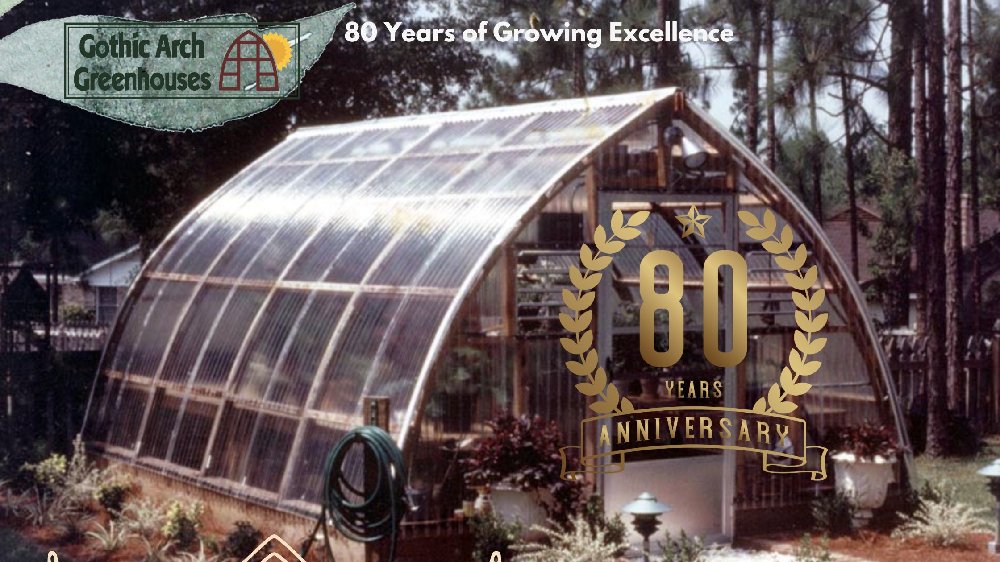
80 Years of Growing Excellence
Celebrating Gothic Arch Greenhouses’ legacy while looking ahead to the future of greenhouse growing in 2026 and beyond
A Legacy Rooted in Quality
Since 1946, Gothic Arch Greenhouses has been at the forefront of the greenhouse industry, providing growers with durable, efficient, and innovative structures. What began as a small operation has grown into a trusted name recognized across the United States and beyond for quality craftsmanship and exceptional customer service.
As we celebrate our 80th anniversary in January 2026, we reflect on our journey while looking ahead to the exciting future of greenhouse technology and sustainable growing practices.
Join us as we explore the trends shaping 2026 and share insights gained from eight decades of helping growers succeed.

Greenhouse Trends for 2026: Blending Tradition with Innovation
The greenhouse industry continues to evolve, yet many foundational principles remain timeless. In 2026, we see a powerful convergence of proven growing methods with cutting-edge technology.
Smart Greenhouse Technology
Automated climate control, IoT sensors, and growing systems are becoming more accessible, enabling growers to precisely manage temperature, humidity, and nutrients to improve plant health and increase yields.
Winter Growing Techniques
Water conservation systems, renewable energy integration, and circular growing models are increasingly crucial for both commercial operations and hobby growers looking to reduce their environmental footprint.
Specialty Crop Production
From medicinal herbs to exotic fruits, growers are diversifying with high-value specialty crops. Gothic Arch structures provide an ideal environment for producing these plants year-round.
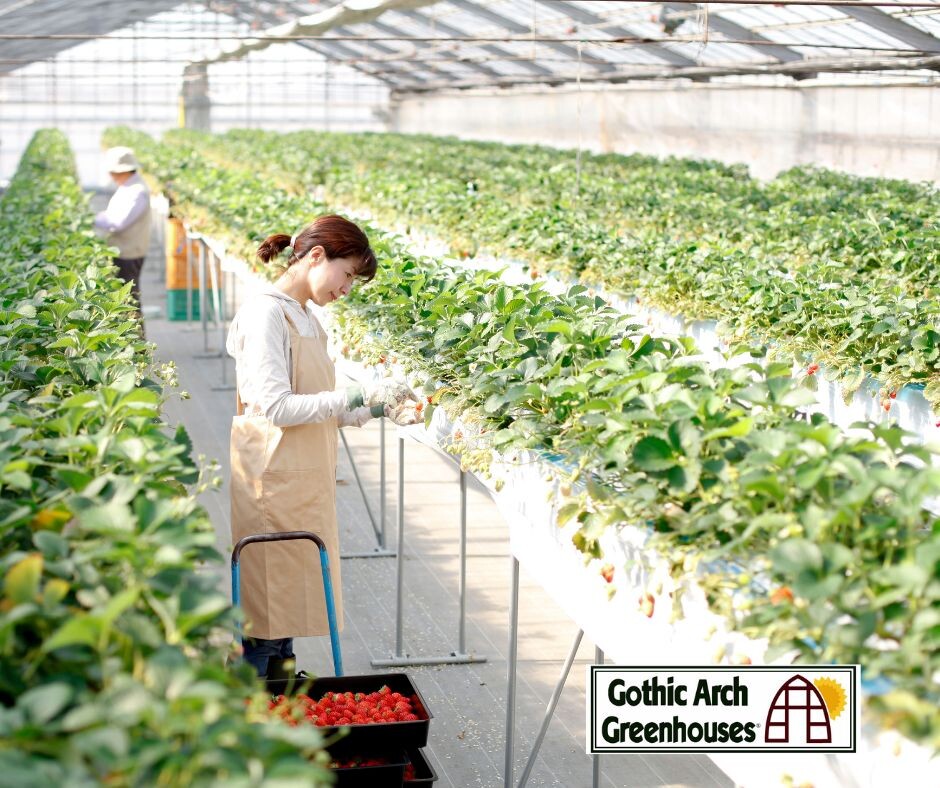
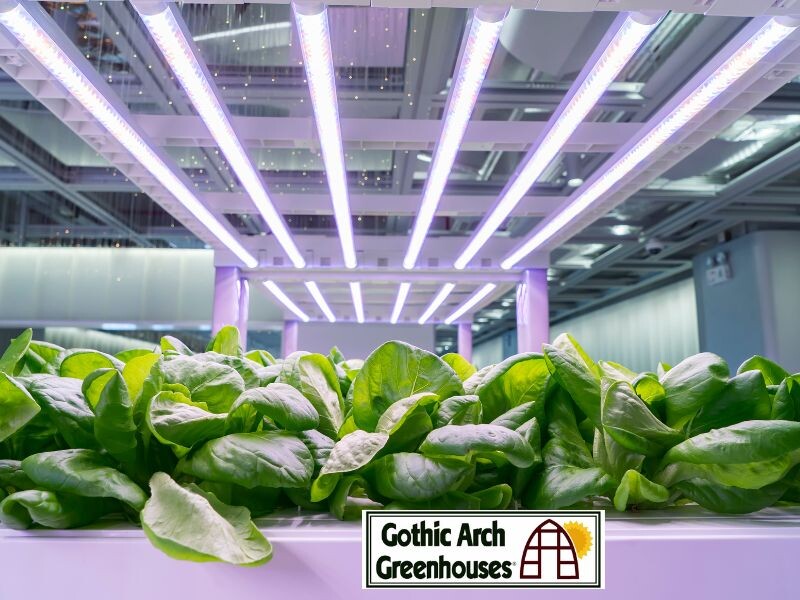
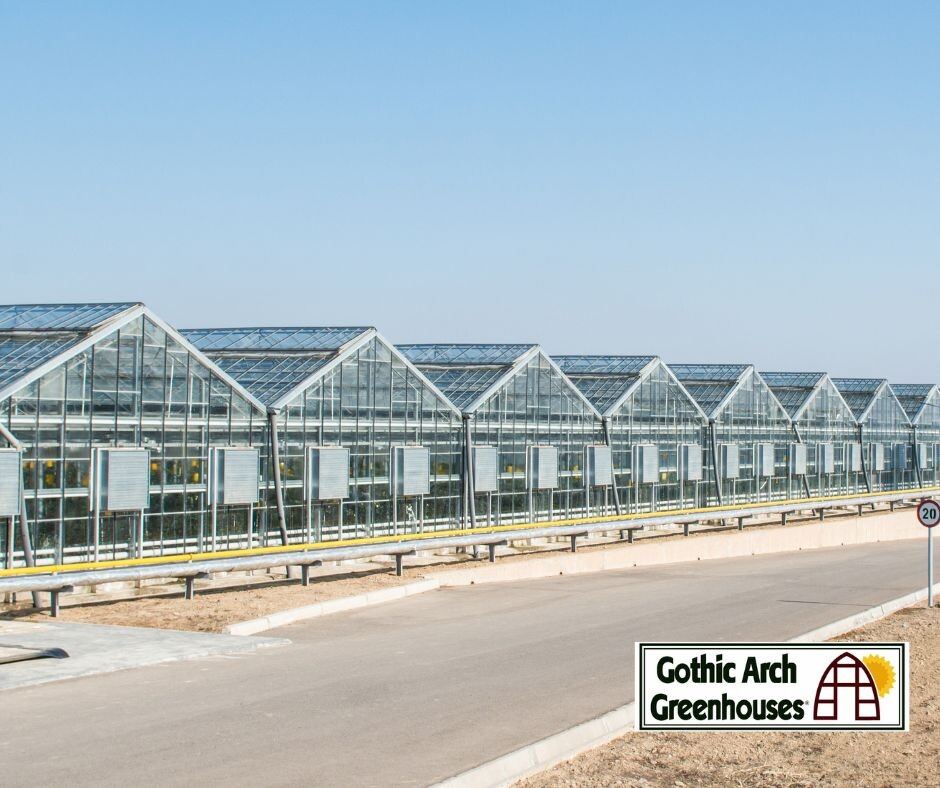
January Growing Strategies: Starting 2026 Right
January is an ideal time to plan for the year ahead. Whether you’re a commercial grower or a gardening enthusiast, these strategies can help you maximize productivity throughout the coming seasons.
Winter Growing Techniques
With proper insulation and thermal mass, Gothic Arch greenhouses can extend growing seasons even in colder climates. Cold-hardy crops such as kale, spinach, and winter lettuce allow production to continue through the winter months.
Spring Propagation Planning
January is also the perfect time to start seeds for spring planting. A protected greenhouse environment encourages strong root development before seedlings are transplanted outdoors.
Infrastructure Assessment
The start of a new year is an excellent opportunity to evaluate your greenhouse structure, address any winter weather damage, and plan upgrades. Energy-efficient features and automation systems can significantly improve growing efficiency in 2026.
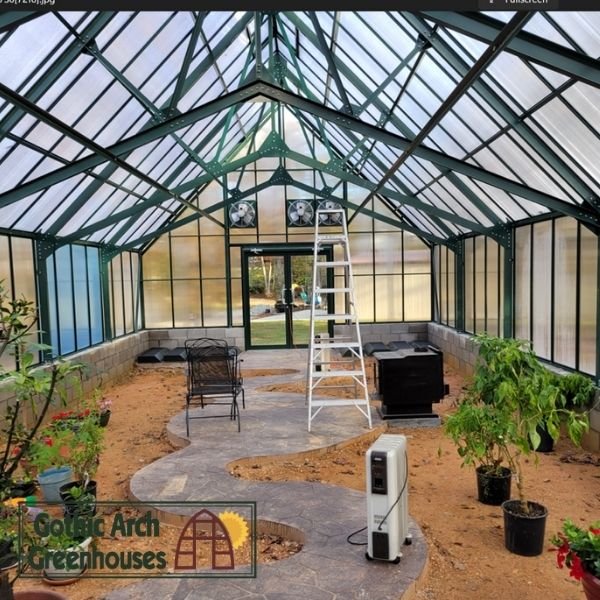
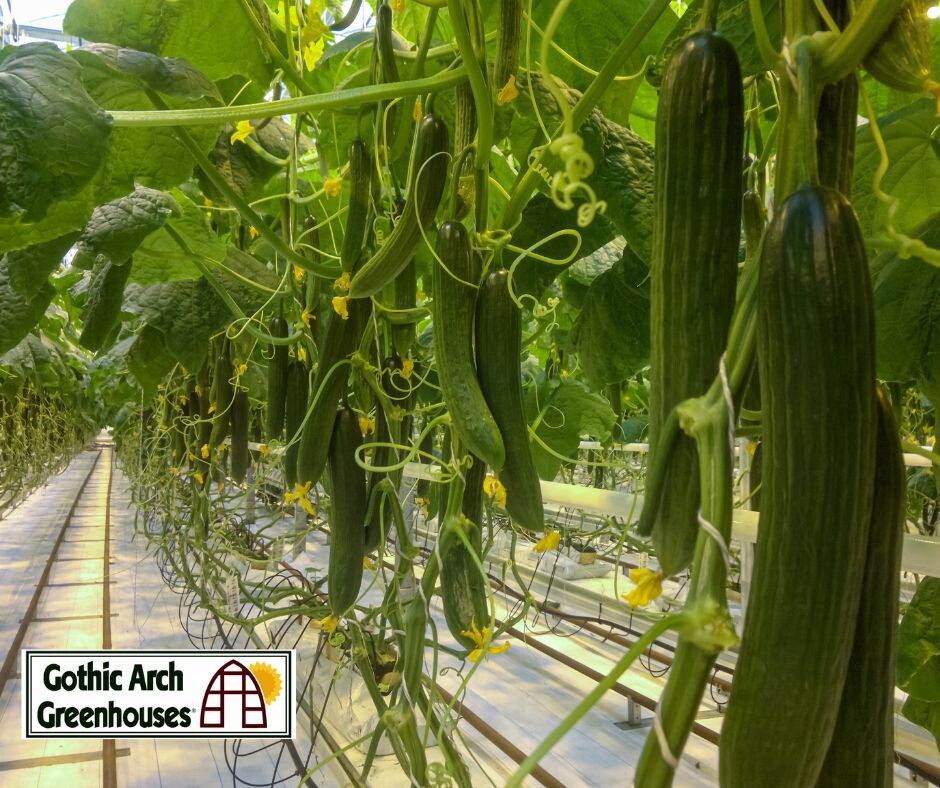
Celebrate With Us: Explore Our 80th Anniversary Collection.
To mark our 80th anniversary, we’ve curated special greenhouse packages and offers for 2026. Whether you’re launching a new growing operation or upgrading an existing one, discover how eight decades of expertise can support your success.
Visit Our Anniversary ShowcasePlease explore our complete range of greenhouses, supplies, and anniversary specials.
Eight Decades of Growing History
From our first greenhouse built in 1946 to today’s state-of-the-art structures, Gothic Arch Greenhouses has continually adapted to meet growers’ evolving needs—without compromising on quality or durability.
Our distinctive Gothic Arch design is more than visually appealing. It is engineered for strength, efficient snow and rain runoff, and optimal light penetration, making it effective across a wide range of climates and applications.
As we enter our 81st year, we remain committed to innovation, sustainability, and supporting the growing community that has made our eight-decade journey possible. Gothic Arch Greenhouses was founded in 1946 and is proudly celebrating 80 years of providing durable, high-quality greenhouse solutions in 2026. The Gothic Arch design offers superior strength, efficient snow and rain runoff, and excellent light penetration, making it ideal for a wide range of climates and growing applications. Yes. With proper insulation and thermal mass, Gothic Arch greenhouses support year-round growing, even in colder climates, making them ideal for winter crops and early propagation. Key trends include innovative greenhouse technology, automation, sustainable growing practices, and increased production of specialty and high-value crops. You can explore available greenhouse models, supplies, and 80th anniversary specials by visiting the official Gothic Arch Greenhouses website. To mark our 80th anniversary, we’ve put together greenhouse packages and 2026-ready upgrades designed for stronger performance, more intelligent control, and year-round growing. Whether you’re building new or improving what you have, our team is here to help you choose a setup that fits your goals. Not sure where to start? Contact us for guidance on sizing, coverings, ventilation, and add-ons. Browse our full selection of greenhouses, supplies, and 80th anniversary specials.Frequently Asked Questions
How long has Gothic Arch Greenhouses been in business?
What makes a Gothic Arch greenhouse design unique?
Are Gothic Arch greenhouses suitable for winter growing?
What greenhouse trends are expected in 2026?
Where can I explore greenhouse options and anniversary offers?
Celebrate With Us: Explore Our 80th Anniversary Collection.
